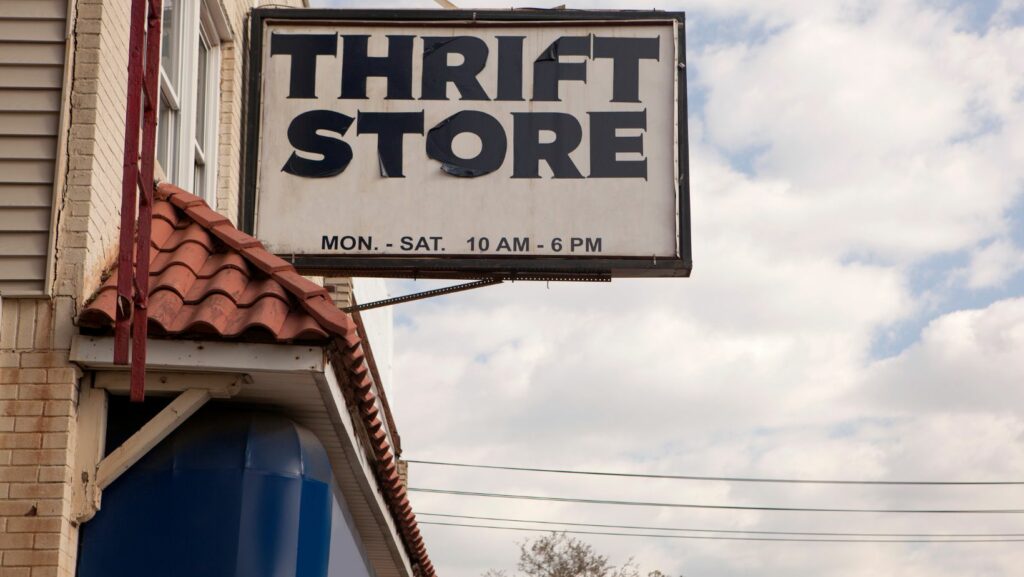In a world where sustainability and community support are more crucial than ever, community thrift shops shine as beacons of positive change. These humble establishments offer more than just affordable clothing and household items; they weave a tapestry of local stories and shared values. As people seek to reduce waste and embrace mindful consumption, thrift shops provide an accessible avenue for eco-friendly shopping.
Community thrift shops thrive on the principle of giving back. They serve as vibrant hubs where donations transform into opportunities for others, fostering a sense of unity and purpose. By shopping at these stores, individuals not only discover unique treasures but also contribute to local charities and initiatives. This cycle of giving and receiving strengthens community bonds, making thrift shops indispensable in today’s society.
As more people recognize the benefits of thrifting, community thrift shops continue to grow in popularity. They stand as testaments to the power of collective effort and sustainable living.
Community Thrift Shop
 Community thrift shops serve as vital hubs for social engagement and economic support. Patrons often find diverse merchandise, such as clothing, household items, and furniture, at lower prices than traditional retail stores, benefiting both families and individuals on a budget. These shops facilitate recycling and repurposing, reducing waste and promoting eco-friendly practices.
Community thrift shops serve as vital hubs for social engagement and economic support. Patrons often find diverse merchandise, such as clothing, household items, and furniture, at lower prices than traditional retail stores, benefiting both families and individuals on a budget. These shops facilitate recycling and repurposing, reducing waste and promoting eco-friendly practices.
Volunteers and staff members play crucial roles in maintaining operations and sorting donations. Their efforts ensure that high-quality goods reach the sales floor, enhancing the shopping experience. Community members contribute not only by shopping but also by donating unwanted items, which help sustain inventory levels.
Educational outreach often accompanies operations at these establishments. Workshops and events raise awareness about sustainable living, offering tips on upcycling and creative reuse. These initiatives strengthen community ties and inspire responsible consumption. Community thrift shops contribute to local charities and nonprofit organizations through proceeds, supporting programs that address various social challenges.
The History and Evolution of Thrift Shops
 Thrift shops have long been an integral part of many communities, serving both economic and social functions. They have evolved over time, reflecting changes in societal values and market trends.
Thrift shops have long been an integral part of many communities, serving both economic and social functions. They have evolved over time, reflecting changes in societal values and market trends.
Today, thrift shops attract a diverse customer base interested in affordable fashion, vintage items, and sustainable shopping options. Their appeal has broadened due to increased environmental awareness and the popularity of unique, one-of-a-kind items. Thrift shopping has become a trend among millennials and Gen Z, who value sustainability and individual expression. Additionally, social media influencers often promote thrift finds, further boosting their visibility and attractiveness. Through creative merchandising and upcycled goods, modern thrift shops engage with customers interested in eco-friendly practices and personal style.
Benefits of Shopping at a Community Thrift Shop
Shopping at community thrift shops presents numerous advantages, impacting individuals, the environment, and society positively. These benefits extend to various aspects of daily life, encouraging conscious consumerism and fostering community growth.
Economic Advantages
 Thrift shops offer significant savings, providing gently used goods like clothing, furniture, and electronics at a fraction of the original price. Many thrifty shoppers can build wardrobes or furnish homes on limited budgets. Supporting local thrift shops also contributes to keeping money within the community. These shops often direct proceeds to local nonprofits, enhancing economic support for community-driven initiatives.
Thrift shops offer significant savings, providing gently used goods like clothing, furniture, and electronics at a fraction of the original price. Many thrifty shoppers can build wardrobes or furnish homes on limited budgets. Supporting local thrift shops also contributes to keeping money within the community. These shops often direct proceeds to local nonprofits, enhancing economic support for community-driven initiatives.
Community thrift shops promote eco-friendly practices by minimizing waste and reducing carbon footprints. By purchasing second-hand items, shoppers prolong product life cycles, which reduces the demand for new goods and decreases waste sent to landfills. Thrift shops also serve as recycling centers, encouraging responsible disposal of unwanted items and fostering environmental consciousness among consumers.
Unique Finds and Treasures
Thrift shops provide access to a variety of unique and vintage items that mainstream retailers don’t offer. Shoppers often discover rare treasures such as antique collectibles, vintage fashion pieces, and out-of-print books, creating a sense of adventure and excitement. These unique finds allow individuals to express personal style and add distinct character to their homes, making thrifting a rewarding experience beyond economic and environmental benefits.

